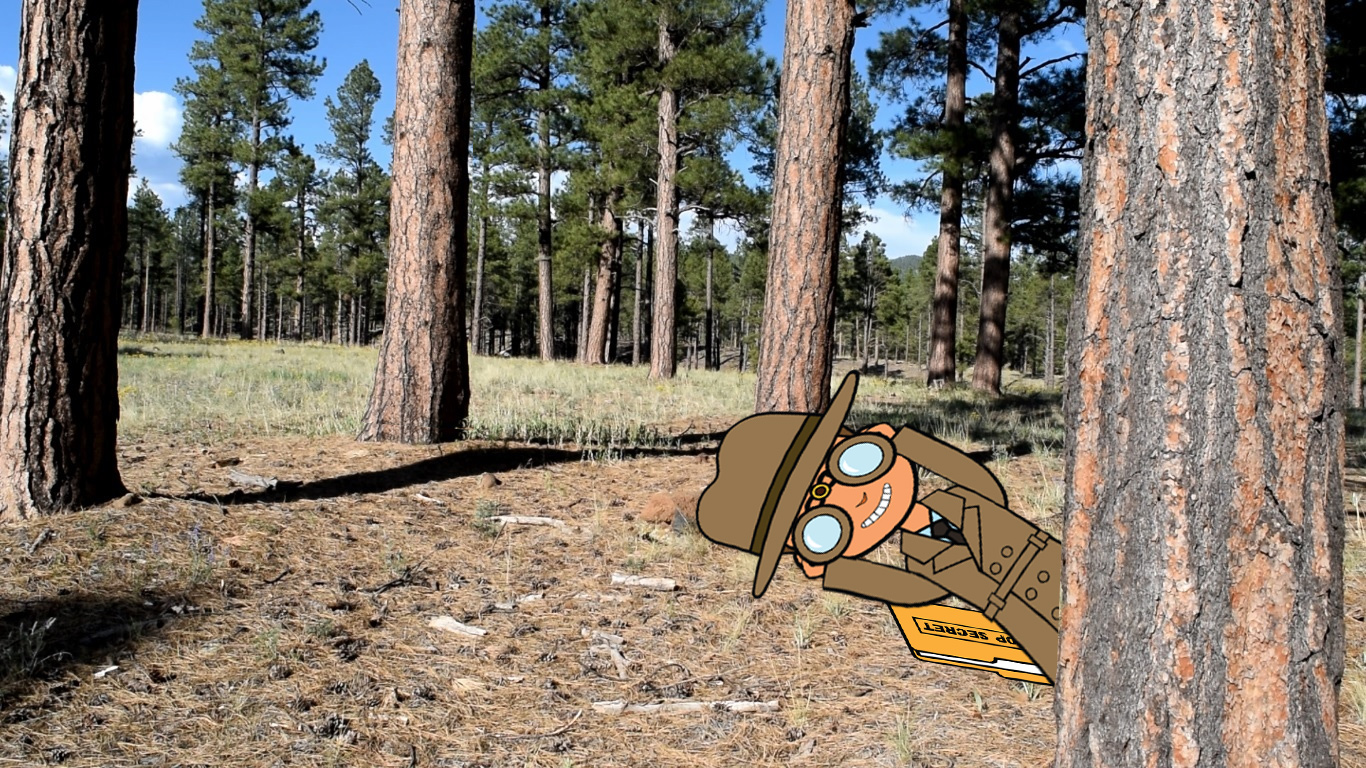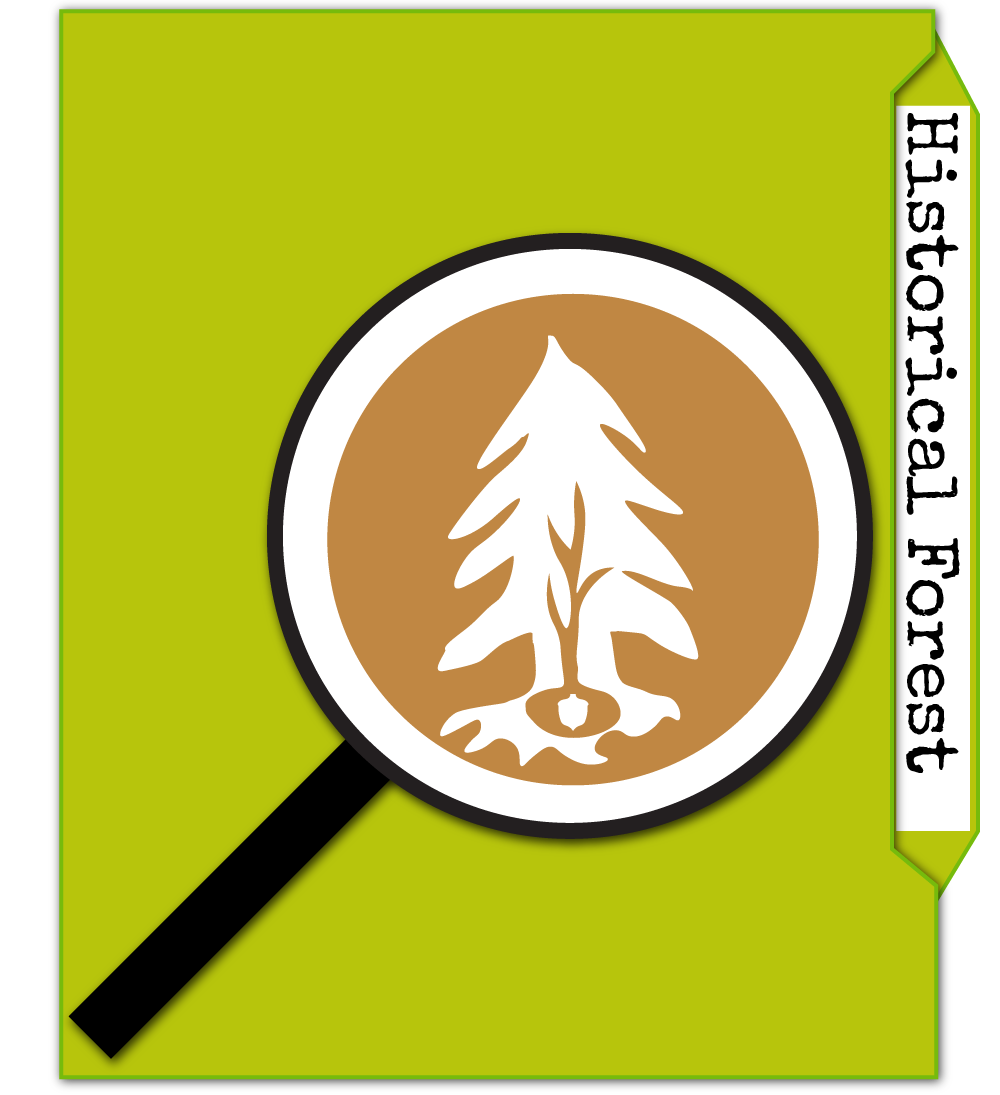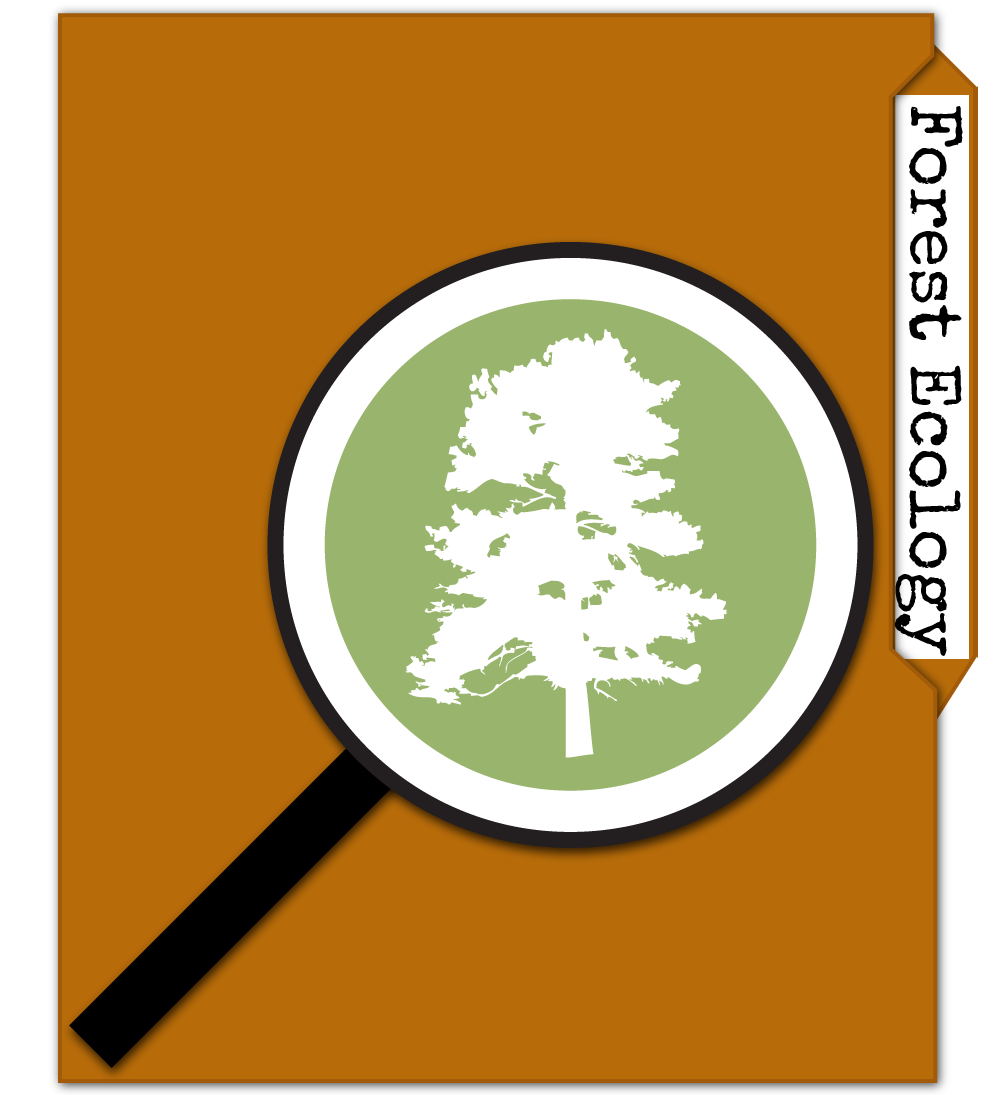Solve the Case
It's time to Solve the Case!
You have scoured the evidence, read the reports, made keen observations, followed leads to clues and kept a detailed journal of your investigation!
In this section, we will organize and analyze our Evidence in a Forest Investigator Crime Board. Like all good problem-solvers, we'll take one more turn at investigating as we consider how others have solved similar problems. Then, it's on to finalizing conclusions and making recommendations. This case about the state of our forest is coming together thanks to you, Forest Investigator!
So, wear that detective hat proudly and help us solve the case of the unhealthy forest!
- Click
to expand any activity in the list below.
- Gather evidence: As you read, watch, and play, write your observations into your Investigator's Journal.
- When you see this icon
 ,write the answers to the questions shown. These will help you assemble the pieces of the case like a puzzle.
,write the answers to the questions shown. These will help you assemble the pieces of the case like a puzzle.
Let's Put all the Clues Together!
Way to stay on the case Forest Investigators!
You have investigated healthy vs. unhealthy sections of a Ponderosa pine forest. You have gathered clues about the historical forest conditions, and the impacts of historical grazing, logging and fire suppression practices. You have uncovered deep information about fire's role in our forest ecosystem. So. Much. Evidence! What are you going to do with it?
Detectives often pin photos of their evidence and suspects onto a board where they can move the pieces around and map out relationships between them. This is a great tool that helps with deductive reasoning.
Give it a try! Grab you Investigator's Journal then click here to try out the Forest Investigator's Crime Board. (This link will prompt you to make a copy of a Google Slideshow document in a new tab, and can switch back when you're ready to return. Alternatively, draw a crime board in your Investigator's Journal.)
Transfer your journal notes to slide 1: the evidence board. Pin pictures and post-its to the board until you have the most important information represented. You may use the pieces arranged around the edges of the board or insert your own. Write your ideas on the blank post-its and add them too.
Then, move them around, connect them with arrows, delete some or add others as you think through the case questions:
- What challenges do the forests face?
- Why are the forests unhealthy?
- How can the forests be restored to good health?
Always include your reasoning about how and why the pieces are connected.
When you've completed your crime board, switch back to this activity. Keep the tab open to use in the Solve the Case activity - stay tuned.
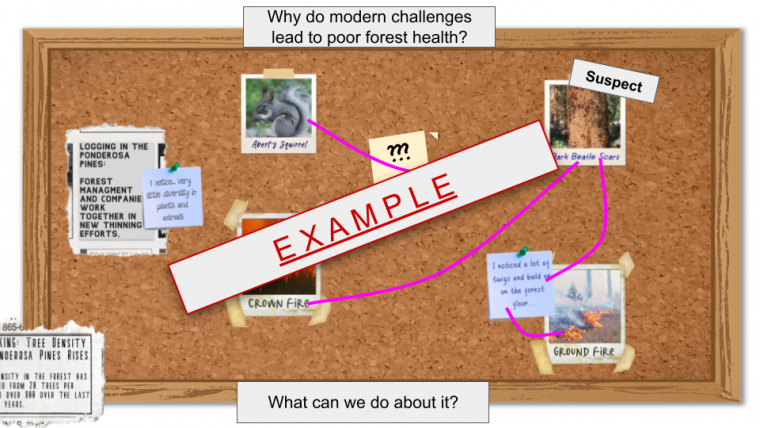
Did the Forest Investigators' Crime Board help you zero in on the causes of our forests' poor health? Summarize your conclusion in your Investigator's Journal:
Why do modern challenges lead to poor forest health?
What is Forest Restoration?
Humans rely on the forest for natural resources, and forested ecosystems play a fundamental role in our ability to survive and thrive. When the forests succumb to natural challenges such as drought and human-caused stressors such as tree harvest and fire-suppression, is it possible for them to return to health? What can we do to help? Watch this video to see what forest managers in Arizona and throughout the west are doing.
Prefer to watch and listen on Youtube? Click here. Be sure to close the tab when you're ready to return!
Restored forest Early Flowers.jpg
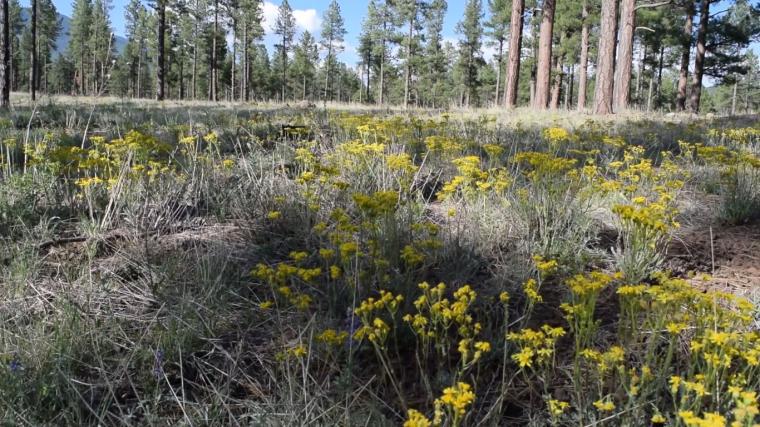
Photo courtesy of Lorie Cavalli
Restored forest in Ft. Valley, AZ.
Forest restoration means bringing back natural processes that enable the parts of the forest to work together productively and support a variety of life. In other words, restoring a forest means making it healthy again.
Let's look at this forest through our detective lenses! This photo shows a restored forest area. Look closely for evidence of forest health:
- diverse plant life
- open, park-like space
- open canopy; sunshine reaches the ground
- signs of an Abert's Squirrel
- Yellowbelly Ponderosa Pine Trees
- tall, native bunch grass
- tree stumps
- lower branches of trees removed
- signs of low-intensity fire
Turn to your Investigator's Journal to write about or sketch a restored forest:
- Why do we need to restore our forests?
- What actions could we take to restore our forests?
- What does a restored forest look, feel, smell, and sound like?
Sure, you've already solved the case in your mind and on your crime board.
Now is the time to take the case one step further - Propose a Solution!
Return to your Forest Investigator's Crime Board and turn it into a Solution Board:
- Move to Slide 2: Proposed Solutions.
- Brainstorm solutions: what can we do about challenges leading to poor forest health? Add at least 3 ideas to your board. Create additional solutions boards if you have more ideas!
- Ponder the pros and cons of each idea and list them under their idea title.
- Zero in on the best idea, or combine ideas for your ultimate proposed solution.
Set up a Conclusion and Proposed Solution page in your Investigator's Journal:
Imagine that you are speaking to the press. You've lead this investigation, drawn a conclusion and developed a proposed solution. Now it's time to hold hold a Press Conference and share your ideas with the public. Answer these reporters' questions:
Reporter #1: What's really wrong with our forests?
Reporter #2: What do you mean by "modern challenges lead to poor forest health?" Why does that happen?
Reporter #3: "Can you give us an example or two of how your suspects contributed to poor forest health?"
Reporter #4: What can we do about it? How can we fix our unhealthy forests? How can we keep the healthy ones in good shape? (This is where you get to share your recommendation.)
Reporter #5: What make you think those are the right things to do? Are there advantages and drawbacks?
Way to Solve the Case Forest Investigator!
Send Arizona Project WET your Proposed Solutions and we will share them with the Central F.I. Detective Agency!


